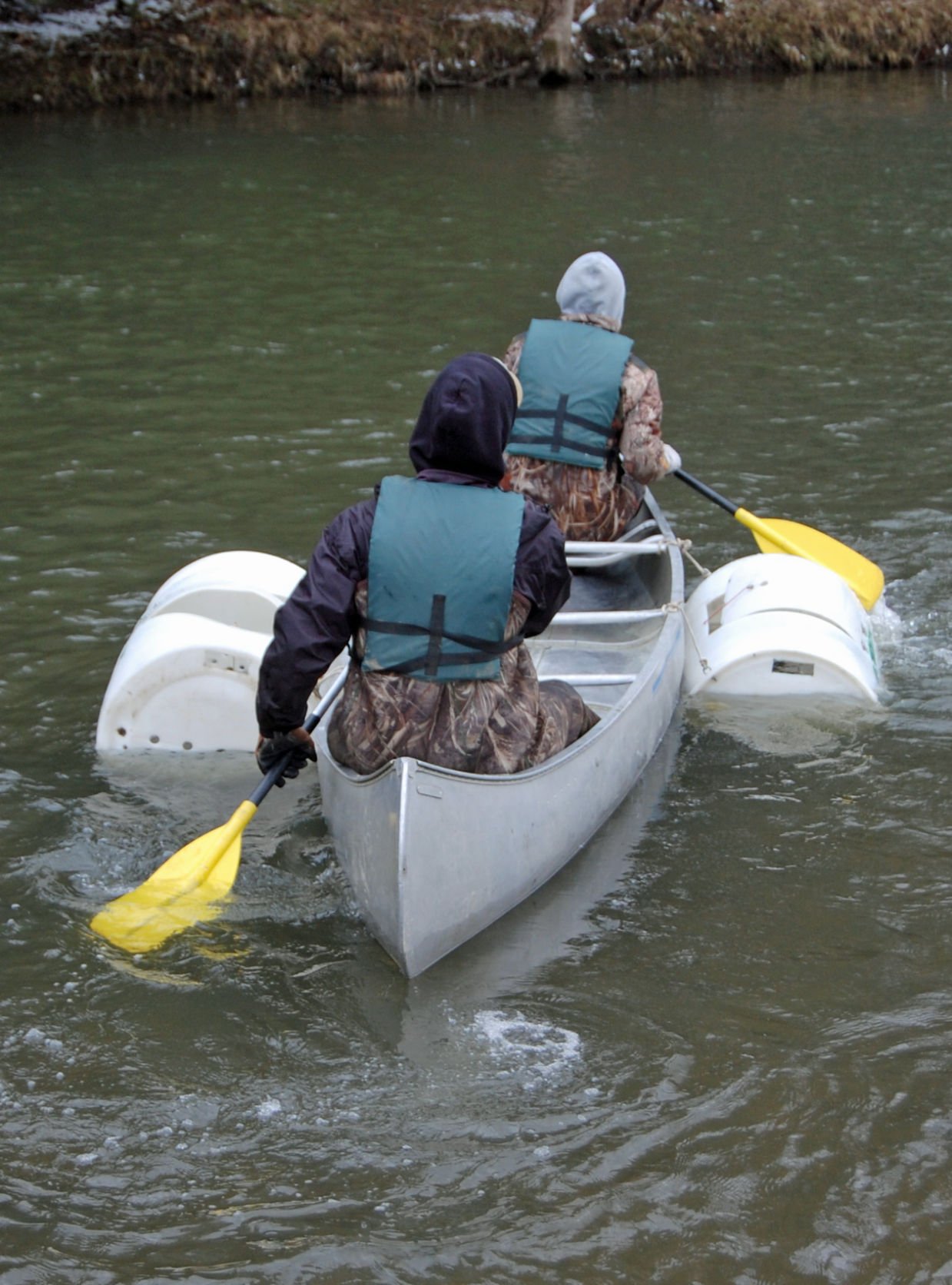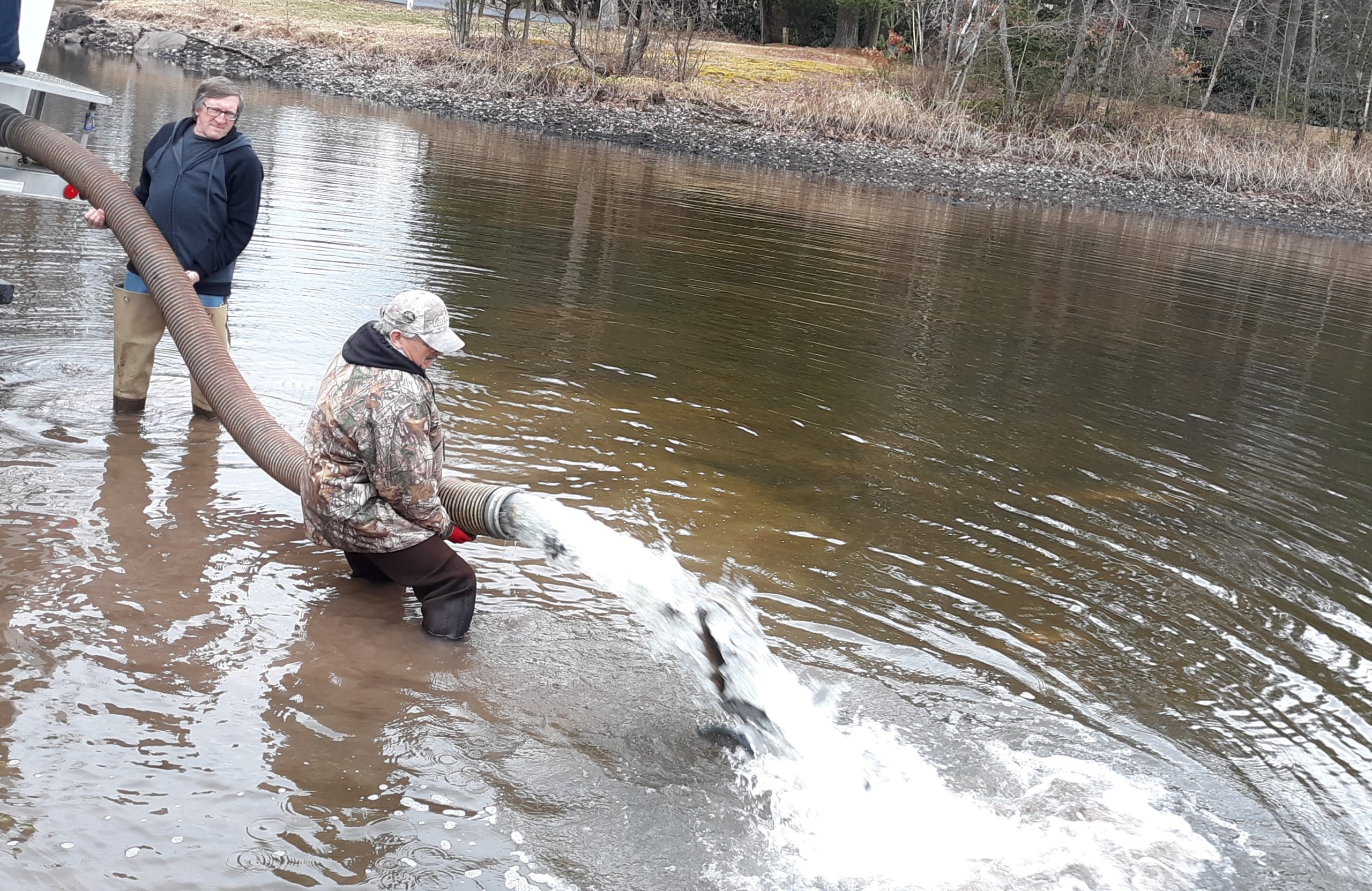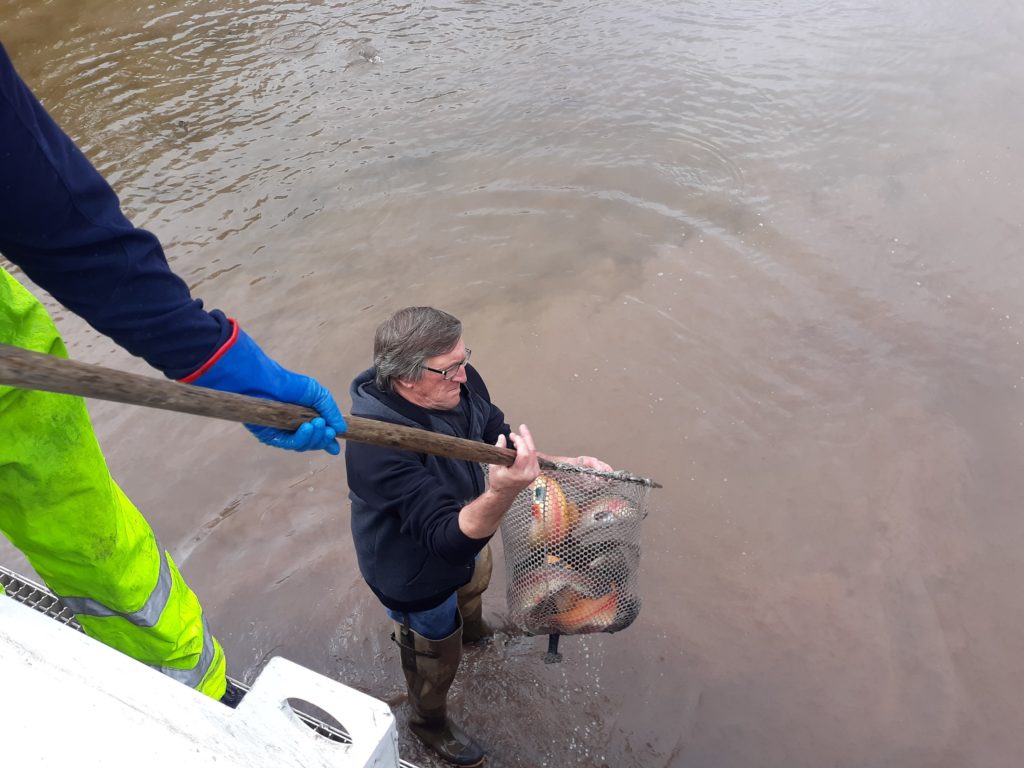

In fertile waters like the Allegheny River, growth rates are excellent. Rather than being fed in hatcheries, nature takes care of feeding them. Stocking fingerling trout is much less expensive than stocking legal- size trout. Survival rates for spring fingerlings are not nearly as good as for fall fingerlings. Surplus fingerlings are stocked during spring, when they are 2 to 4 inches in length. Premium fingerlings, trout that are about 6 inches in length, are stocked during fall. The brook trout requested will be stocked into Big Spring Creek. This breaks down to 2,500 brook trout, 764,850 brown trout and 325,750 rainbow trout. This year, area fisheries managers have requested 1,093,100 fingerlings. With the addition of the excess brook trout fingerlings, the total of fingerlings stocked amounted to about 1,833,000 trout last year. Last year, area fisheries managers requested 723,700 brown trout fingerlings and 284,600 rainbow trout fingerlings. Success rates are low, however, for this species. When surplus brook trout fingerlings are available, which often happens, they are generally stocked into the Allegheny Reservoir, East Branch Clarion River Lake, Keystone Lake and Beaverdam Run Reservoir. Most fingerling trout that are planned for stocking are either browns or rainbows, because most of the waters in this program are too large and too warm to support brook trout. The main requirement is that they are suitable to hold trout year 'round. One example is the Schuylkill River from Middleport downstream to State Game Lands 286 near Schuylkill Haven, where fingerling brook trout have been stocked for a couple of years, and downriver, where fingerling browns have been stocked.įingerlings are generally put into streams that are so large that the return rates in put-and-take trout are low. Other success stories include the Allegheny Reservoir, the Youghiogheny River, Bald Eagle Creek and Tulpehocken Creek below Blue Marsh Dam.įingerling trout have also been used to restore trout populations in streams that are recovering from pollution. The fingerling trout program, also known as "put-grow-and-take," has yielded some of the finest trout fisheries in the state, including the Little Juniata River and the section of the Allegheny River extending for several miles below the Kinzua Dam. As a result, fishing pressure tends to be lower and is spread out more through the season.

These trout are not yet large enough to be creeled when they are stocked. While fingerling trout have been stocked for nearly as long as the Fish Commission has existed, the current program has only been in place for about two decades and stocking figures are not widely publicized.


The reason these places were chosen is that they are public facilities in areas that can handle a lot of people.


 0 kommentar(er)
0 kommentar(er)
